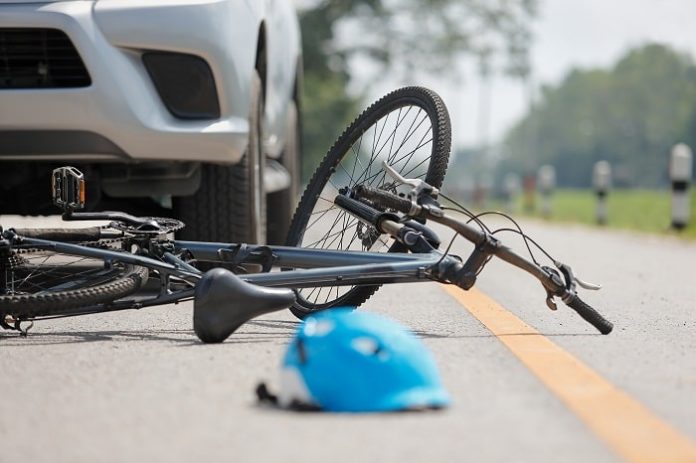Accidents are bound to happen anywhere at any time. Considering how the road is completely public with all kinds of people driving across, road accidents are extremely likely to occur. Therefore, each driver has to know how to handle this situation if it comes down to it, especially cyclists. Because their mode of transportation has the least coverage possible, cyclists remain at risk as long as they stay on the road.
Know your State’s Bike Laws
You should not wait to get into a cycling crash before knowing the bike laws in your state. Each state is different, so check if they have laws to protect the interests of bikers and if there are infrastructure like bike lanes. NYC bike laws state that residents can cycle on most public roads but not on sidewalks, expressways, or interstate highways.
Even with laws in place, accidents can still occur. If you, unfortunately, find yourself in one, try to be alert. After all, with how stressful it is to be involved in an accident, the only thing that could be driving you by then is the urge to flee from the scene immediately. But you must bear in mind how to handle a crash accident involving a cyclist. Here are four things to do after a cycling crash:
- Get Medical Help
Having any part in a road accident is already alarming. What more if it resulted in a collision? Admittedly, some cyclists tend to assess their bikes’ damage more instead of themselves, so you need to learn how to prioritize if you want to keep riding your bike.
Assessing oneself after an accident is a must, especially if it’s severe. However, since you’re involved in the accident, what you might notice more is how you barely can feel anything. Unfortunately, this doesn’t mean you’re invincible.
After undergoing a crash accident – and if you’re still in good condition – check on your limbs and feel if you’re bleeding anywhere. Don’t stand up too fast. Take your time moving around. This way, you can keep yourself from getting disconcerted while having a concussion.
- Gather Information
Whether you’re at fault or the victim, you’re still affected by the accident one way or another. Since you’re not the only person involved in the scene, you need to know everything there is needed to know about the other party. If you’re still able, ask them about their name and other contact information. Don’t forget to ask them about their vehicle registration as well.
As much as possible, make sure this is the only engagement you do with the other party. Otherwise, they’ll use whatever you say against you in court.
Other than the other party, take note of the scene of the accident. The best way to do this is by taking pictures of the place, especially if the reason behind the accident is there’s a problem on the road. By taking pictures of the scene, everything you jotted down earlier is backed by more concrete evidence. It would even be more ideal if video footage were taken the entire time, particularly from CCTV cameras or eyewitnesses who recorded it.
When you’re recovering, remember to collect the doctor’s notes about your injuries. Since they’re professionals, you can use their notes as a receipt while discussing your settlement—or if the other party isn’t satisfied, these notes can reinforce your stance in court.
- Get Legal Assistance
Although filing a case for a cycling accident may seem straightforward, there are nuances you need to overlook first to reinforce your case. Otherwise, you’ll be left charging blindly. So, to help you perfect your case, consider hiring a lawyer who specializes in personal injury, particularly one who focuses on vehicle accidents.
With their help, they can head over to the police and request a report detailing what happened in the accident. Detailed in this report is everyone found on the scene. But considering how they’re looking for more proof, they’ll likely target those who witnessed the accident. By listening to their accounts, the lawyer could use them to cement your case even further.
Once they’ve organized your case, what comes next is the settlement. And this would serve as a testament to how effectively your party made preparations, considering how both parties must come to an agreement according to the proof presented. Therefore, you need all the help you can get to keep up with the other party.
- Don’t Repair Damaged Items Just Yet
As much as you’re itching to get back to cycling, it’s highly recommended you stop yourself from repairing your cycling gear so soon. Be it the bike itself or even your helmet, everything damaged in the accident should be preserved. This way, your insurer – or the liability’s insurer – can offer compensation to repair or replace them.
Takeaway
Accidents on the road often happen at the least opportune moment. However, while vehicles such as cars can withstand impact, the same can’t be said about bikes. Therefore, cyclists need to be prepared for every worst-case scenario.








